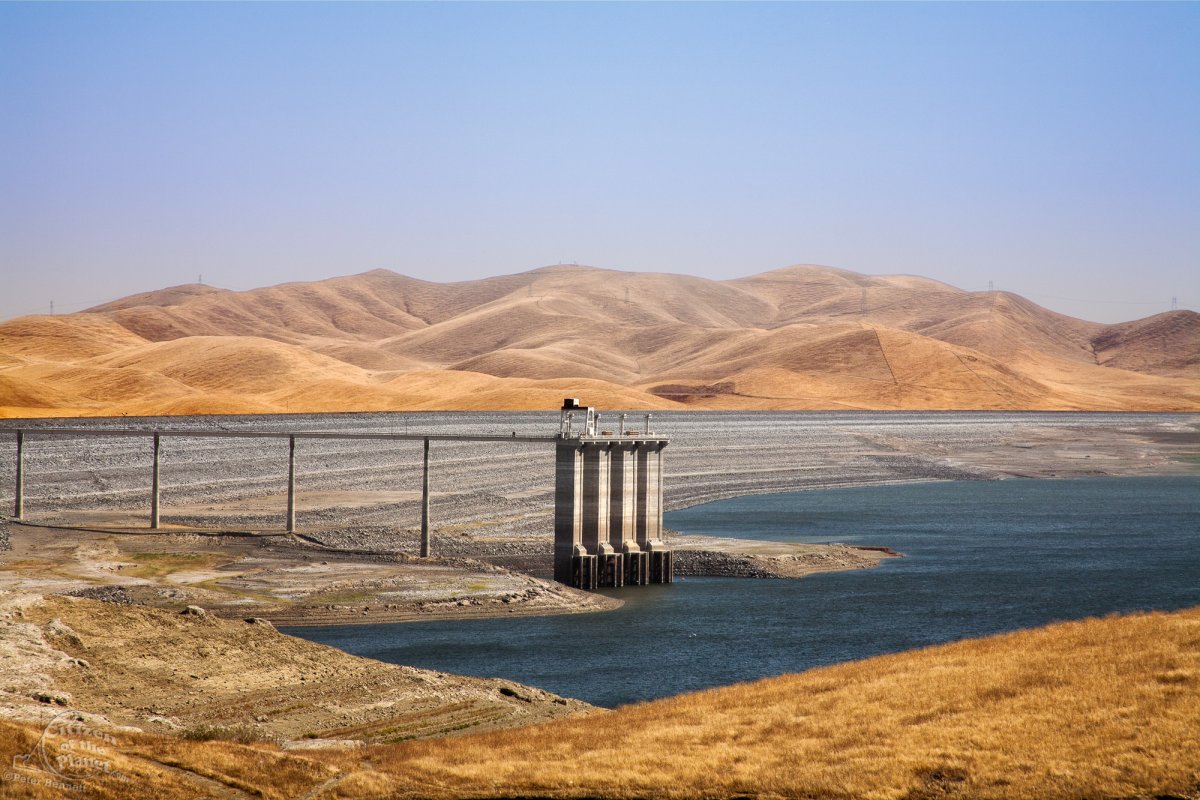California's New Futures Market for Water

The San Luis Dam and San Luis Reservoir is a water-storage "off-stream" reservoir and is typically low in late summer due to its heavy usage for irrigation, Merced County, California, USA Peter Bennett all rights reserved
Links:




Add new comment